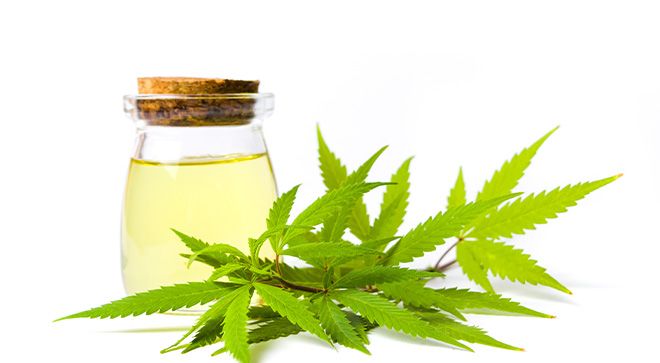News
Article
Patients Using Cannabis Experienced Worse Symptoms, Perceive Less Harm
Author(s):
A study of patients with cancer found that more than a quarter were using cannabis, and those who did so were likely to report having experienced more severe symptoms.
In a survey of patients with cancer, 26% reported the use of cannabis over the last 30 days.

Patients with cancer who use cannabis reported more severe symptoms and perceived less potential harm from cannabis than patients with cancer who did not use the drug within the last 30 days, according to the findings of a recent study.
The study of 267 adults with cancer receiving treatment at the Stephenson Cancer Center in Oklahoma City, Oklahoma and enrolled between June 2020 and June 2022 — with an average age of 57.92, 70% of whom were female and 88% of whom were White — was published in June in the journal Cancer.
Researchers reported that that 26% of respondents reported using cannabis in the prior 30 days, and those who did so were younger than those who did not report cannabis use and were more likely to be male, Black, disabled or unable to work, be enrolled in Medicaid insurance and report an annual income of less than $50,000, the authors wrote.
Participants who reported recent cannabis use also experienced “significantly poorer physical and social functioning” as well as higher pain intensity, pain interference, fatigue and sleep disturbance, and self-reported severe physical symptom and psychological distress” including “depressed mood, anxiety, difficulty sleeping, lack of appetite, and nausea,” according to the study.
Read more: Survivor Says Cannabis Use ‘Was the Best Thing’ During Cancer
Reported reasons for cannabis use included pain (86%), cancer (79%), sleep problems (70%),
anxiety (59%), nausea or vomiting (55%), poor appetite or weight loss (42%), depression (41%), fatigue (33%), arthritis (32%), panic attacks (30%), muscle spasms (30%) and headaches (23%), researchers stated, noting that patients who used cannabis for those symptoms “perceived the greatest cannabis‐related relief for sleep problems, nausea/vomiting, headaches, pain, muscle spasms, anxiety and poor appetite. Slightly lower perceived effectiveness was reported for symptoms of panic attacks, depression, cancer disease, arthritis and fatigue.”
Participating patients who reported cannabis use, researchers said, also reported more severe respiratory symptoms, had smoked cigarettes more recently, were more likely to have tested positive for COVID-19 and were more likely to report having also recently used prescription pain medication, while they were “less likely to perceive that cannabis increased the risk for … memory problems, paranoia, drug overdose, psychosis, respiratory symptoms, increased heart rate and depression,” and more likely to report that cannabis was less harmful than alcohol, cigarettes and prescription pain medication.
Researchers found that 4.5% of the patients who reported recent cannabis use also screened positive for cannabis use disorder via a self-reported assessment of potentially problematic cannabis use.
Overall, 18% of participants held a medical cannabis license while 35% of participants had used cannabis in the last year and 56% had ever used it previously. Twenty-four per cent of patients had smoked cigarettes, and 9% had smoked in the previous 30 days. Thirty-eight percent, 37% and 58% reported alcohol, prescription pain medication and non-prescription pain medication use in the previous 30 days, according to researchers.
Read more: Researchers call for education about cannabis use for cancer survivors
The findings from the Oklahoma study are consistent with those published this summer by a team from the University of Colorado Boulder, which reported that patients with cancer who used cannabis for palliative purposes experienced improvements in pain, sleep, cognitive function and reaction times.
“We think there’s potential and it’s worth studying,” Gregory Giordano of the department of psychology and neuroscience at the University of Colorado Boulder told CURE® in June. “People are using it, we should study it, and we need to know more to be able to guide physicians and cancer patients and survivors as well.”
For more news on cancer updates, research and education, don’t forget to subscribe to CURE®’s newsletters here.




